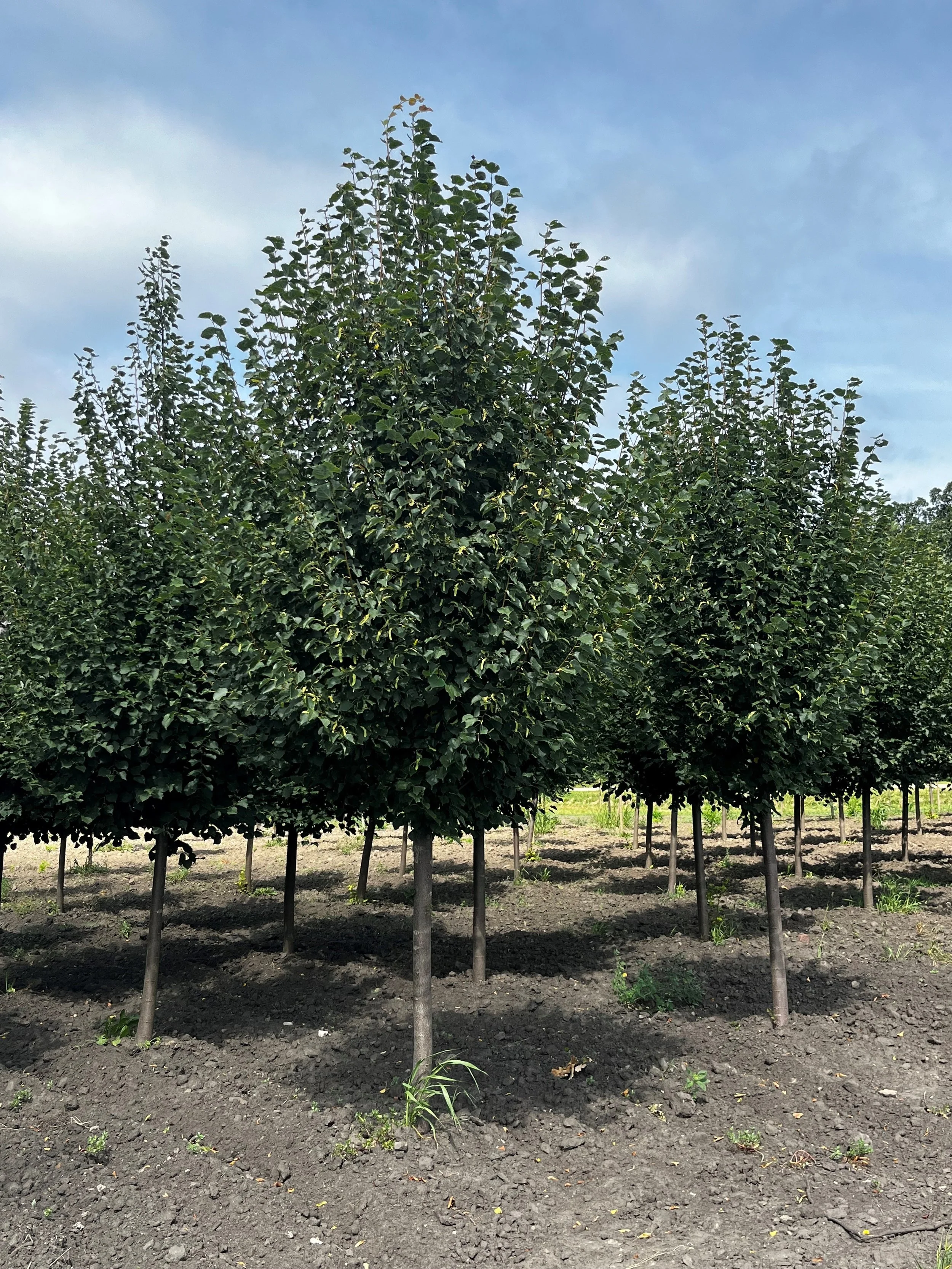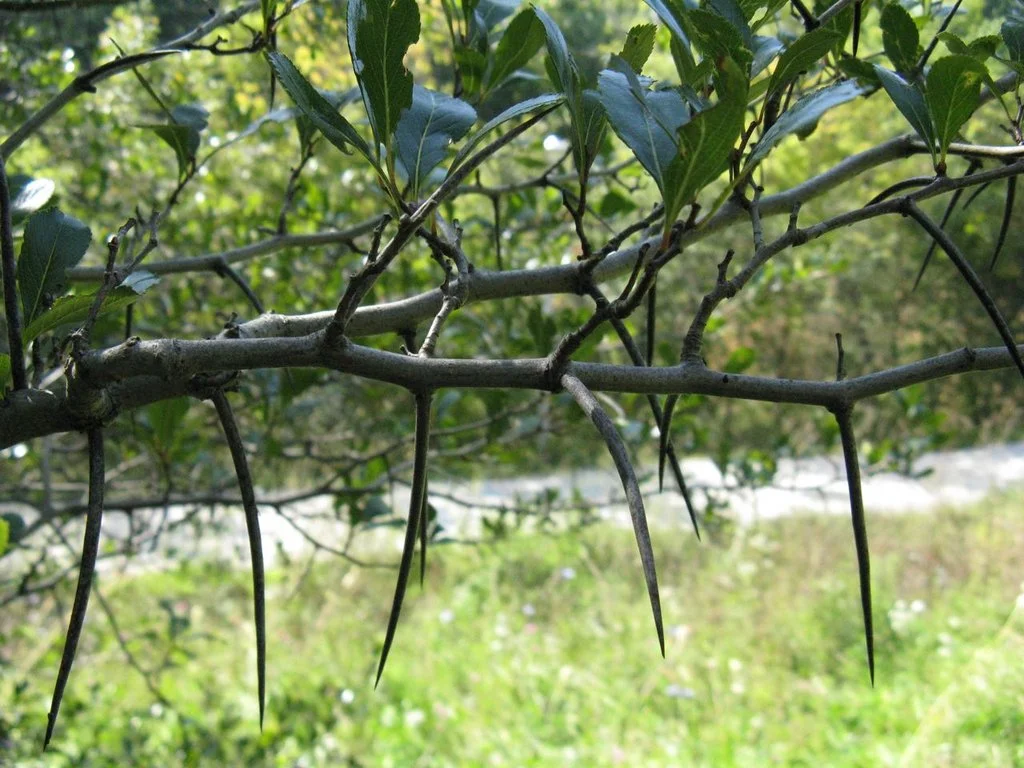How To Water
How to Water New Landscape Plants
When it comes to establishing a thriving landscape, proper watering is key. Newly planted landscape plants require special attention and care to ensure their healthy growth and survival. In this blog post, we will explore the essential guidelines for watering new landscape plants.
Understand the Watering Needs: Different plants have varying watering requirements. Before you start watering, it's important to understand the specific needs of each plant in your landscape. Consider factors such as plant type, soil type, sun exposure, and climate conditions. Research or consult with a horticulturalist or experienced landscaper to determine the optimal watering regimen for your specific plants.
Water Deeply and Infrequently: Deep watering encourages plants to develop strong and robust root systems. When watering, provide a slow, deep soak that reaches the plant's root zone. This allows the water to penetrate the soil deeply, promoting downward root growth. Watering deeply also helps prevent shallow root development, which can make plants more susceptible to drought.
Time Your Watering: Watering in the early morning or late afternoon is ideal, as it allows plants to absorb moisture before the heat of the day. Avoid watering during the hottest part of the day to minimize water loss due to evaporation. Morning watering also helps prevent fungal diseases by allowing foliage to dry before nighttime.
Use Proper Watering Techniques: Direct the water at the base of the plant, near the root zone. This helps deliver water directly to where the plant needs it most. Avoid spraying water directly on leaves, as this can lead to fungal issues. Consider using a soaker hose (as shown in the photo) or drip irrigation system to ensure precise and efficient watering.
Monitor Soil Moisture: Regularly check the soil moisture to determine when it's time to water. Use your fingers or a moisture meter to assess the moisture level near the root zone. Ideally, the soil should be moist but not waterlogged. Overwatering can suffocate the roots and promote disease, while underwatering can stress or kill the plant.
Consider Mulching: Applying a layer of organic mulch around the base of your plants helps conserve moisture, regulate soil temperature, and reduce weed growth. Mulch acts as a protective barrier, preventing water evaporation and maintaining a more consistent soil moisture level. Apply a 2-3 inch layer of mulch, making sure to keep it a few inches away from the plant's stem.
Adjust Watering with the Seasons: As the seasons change, adjust your watering routine accordingly. Plants may require more water during hot summer months and less during cooler periods. Pay attention to weather patterns and adapt your watering schedule to ensure your plants receive the right amount of moisture at the right time.
Observe Plant Responses: Pay attention to how your plants respond to watering. Wilting, yellowing leaves, or slow growth can indicate either overwatering or underwatering. Adjust your watering frequency or amount based on these visual cues and make necessary changes to ensure your plants thrive.
Watering new landscape plants requires a thoughtful approach to provide the right amount of moisture at the right time. By understanding the watering needs of your plants, adopting proper techniques, and monitoring soil moisture, you can establish a healthy and resilient landscape. Remember, each plant is unique, so observe and adjust your watering routine accordingly. With proper watering, your landscape will flourish and bring beauty and joy for years to come.







